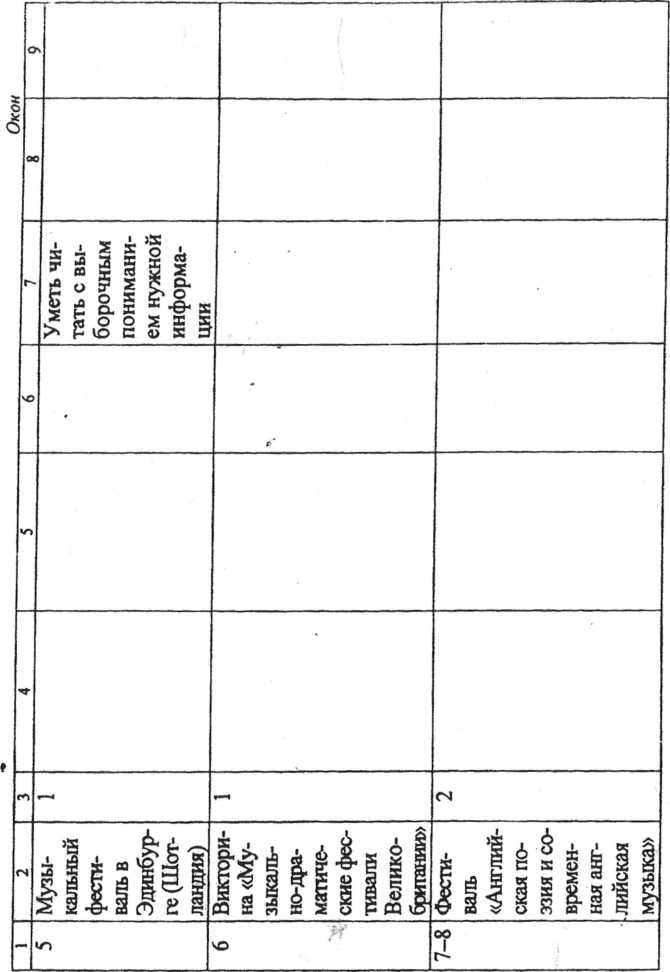

МАТЕРИАЛЫ К УРОКАМ
TERM 1
Unit I. ENGLISH PAINTING IN THE 17,h AND 18th CENTURIES
Lesson 1 english painting in the 17tb century
England didn’t have its own school of painting up to the XVII century. In the XVII century art in Britain had been dominated largely by the Flemish artist Anthony Van Dyck.
Though he lived in England only nine years his influence on British painting was very strong. He is considered to be the father of the English portrait school.
His teacher Peter Paul Rubens was invited to England by the king Charles I. Then Anthony Van Dyck came to England, married the daughter of a 1ord and stayed in England to his death.
Twenty six Van Dyck’s canvases were purchased for the Hermitage in the XVII century.
One of them is a family group, a masterpiece of this collection produced by the painter at the age of about twenty.
Another notable work is “self-portrait ” painted in the days of the artist’s glory.
Answer the questions:
Did England have its own school of painting in the XVII century?
Who dominated in British art in the XVII century?
When did Antony Van Dyck live in England?
Was his influence in British painting very strong?
Who is considered to be the father of the English portrait school?
Who invited Peter Paul Rubens to England?
29
7. Did Anthony Van Dyck marry the daughter of a 1ord?
Did he stay in England to his death?
When were twenty-six Van Dyck’s canvases purchased for the Hermitage?
When did Anthony Van Dyck paint famous work "self- portrait"?
Lesson 2
English painting in the 18th century
The XVIII century was the great age of British painting.
William Hogarth was the first artist to reject foreign influence and created English national school of painting. Art galleries of many countries are proud of having his work. His “self-portrait" with its unusual composition is a pride of the Tate Gallery, the Gallery of British art in London. Unlike his contemporaries William Hogarth portrayed not only representatives of the upper classes but also common people. It was the reason of growing irritation of the society aimed against Hogarth.
Joshua Reynolds. Another outstanding representative of XVII century is Joshua Reynolds. Reynolds had an opportunity to study in Italy and soon he became a brilliant portrait painter of his time. He was the first president of the Royal Academy and the principal painter of the King.
Thomas Gainsborough. Thomas Gainsborough was also the first creator of landscape painting. Besides, he was one of the greatest portraitists of his time.
Thousands of tourists from different countries come to St. Petersburg to visit the Hermitage and admire his works "Portrait of the Duchess of Beautfort ” and "self-portrait
Answer the questions:
Who was the artist to reject foreign influence?
What Hogarth’s portrait is a pride of the Tate Gallery?
Whom did William Hogarth portray?
What was the reason of growing irritation of the society aimed against Hogarth?
Who created English national school of painting?
Who is an outstanding representative of the XVIII century?
Did Reynolds have an opportunity to study in Italy?
Did Reynolds become a brilliant portrait painter of his time?
Was he the first president of the Royal Academy and the principal painter of the King?
Who was the first creator of landscape painting?
Was he one of the greatest portraitists of his time?
Do thousands of tourists come to St. Petersburg to admire Gainsborough’s works?
